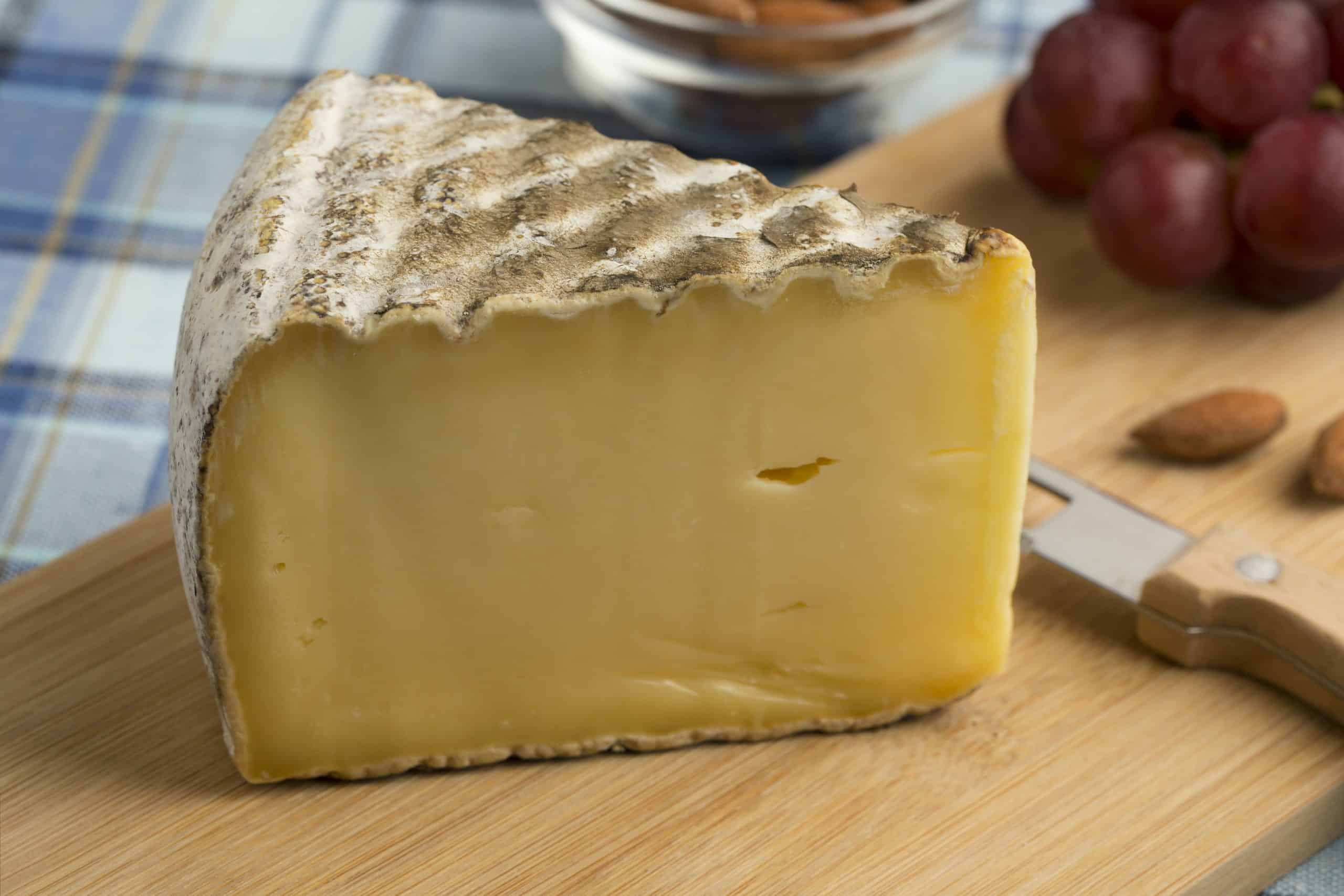How to Choose the Right Breed of Dog for a High-Altitude, Mountainous Environment?

Choosing the right breed of dog to suit your lifestyle and environment is essential. High-altitude, mountainous areas pose unique challenges both for you and your future canine companion. The best breeds for such environments are those bred for stamina, endurance, and possessing a good coat to withstand the cold. In this article, we’ll explore the top breeds for mountainous environments, delving into their characteristics, training requirements, and suitability for high-altitude living.
The Bernese Mountain Dog: Bred for the Mountain Life
The Bernese Mountain Dog is a breed synonymous with the mountainous regions. Originating from Switzerland, they were bred to herd livestock and are highly adapted to high-altitude living. This breed boasts a thick double coat, perfect for keeping warm in the colder temperatures of the mountains.
Cela peut vous intéresser : How to Tailor an Anxiety Reduction Plan for a Sheltie Afraid of Loud Noises?
Bernese Mountain Dogs are large, sturdy, and powerful, capable of navigating the rough terrain with ease. They require substantial exercise due to their working dog nature and high energy levels. A daily walk won’t be enough for these dogs; they need rigorous exercise routines to keep them healthy and content.
Training a Bernese Mountain Dog requires a well-thought-out approach. They are brilliant and eager to please, making training generally straightforward. However, they can also be stubborn at times, so a consistent, firm hand is necessary during training sessions. Socializing these dogs at a young age is also crucial as they can tend to be cautious around strangers.
Lire également : What Are the Best Non-Invasive Pain Relief Options for an Arthritic Golden Retriever?
Given their friendly disposition, Bernese Mountain Dogs make excellent family pets. They get on well with children and other pets, making them a good choice for households with varied members. They also have an impressive lifespan for a large breed, living up to 8 to 10 years.
The Tibetan Mastiff: A Powerful Mountain Breed
When one thinks of dogs bred for mountainous terrain, the Tibetan Mastiff is a breed that immediately comes to mind. This ancient breed hails from the Tibetan Plateau, an area known for its high altitudes and cold temperatures. Sporting a thick, heavy coat, Tibetan Mastiffs are well-equipped to handle the cold mountainous environment. Their coat even has an extra layer for added warmth during harsh winters.
Tibetan Mastiffs are intelligent and protective, originally bred as guard dogs for livestock and property. Their inherent protective nature makes them excellent watchdogs. However, this trait also means they need effective socialization and obedience training from a young age to ensure they don’t become overly suspicious or aggressive.
Exercise is vital in a Tibetan Mastiff’s routine. They are powerful dogs with high energy levels, so they need a decent amount of activity to keep them fit and mentally stimulated. However, they are not as active as other breeds, so a couple of walks a day should suffice for their exercise needs.
Friendly and good-natured, Tibetan Mastiffs tend to form tight bonds with their family. They are known to be good with children and make loyal companions. However, due to their size and protective nature, it’s advisable to supervise interactions between the dog and young children.
Training Dogs for High Altitude: Preparing Your Canine for Mountain Life
Training the right breed is one thing, but preparing your dog for the unique challenges posed by high-altitude, mountainous environments is another. It’s crucial to understand that training a dog for high altitude should be gradual to prevent altitude sickness.
Make sure to monitor your dog’s energy levels and behavior during hikes or climbs. If they seem lethargic, dizzy, or short of breath, it’s best to descend to a lower altitude immediately.
Exercising your dog in a high-altitude environment requires some considerations. The terrain is often rougher and more challenging, so it’s essential to keep your dog on a leash to avoid any accidents. Regular breaks for water and rest are also essential to avoid overexertion.
Lastly, remember to consider the temperature. Cold weather can be tough on dogs, especially if they are not used to it. Invest in warm dog coats and booties to protect your dog from the cold and prevent frostbite.
Choosing the Best Breed for You: Factors to Consider
Selecting the right breed for a high-altitude, mountainous environment is not only about the dog’s physical traits. You also need to consider your lifestyle, the amount of time you can commit to training and exercise, and the dog’s temperament.
If you’re a novice dog owner, breeds like the Bernese Mountain Dog might be more suitable as they are easier to train. However, if you’re an experienced dog owner with ample time to dedicate to training, a Tibetan Mastiff might be a good fit.
Remember, every dog is an individual, and their behavior can vary even within the same breed. It’s always a good idea to consult with a professional trainer or a vet to ensure you’re making the best choice for both you and your future canine companion.
In summary, breeds like the Bernese Mountain Dog and the Tibetan Mastiff are excellent choices for high-altitude environments. These breeds were bred in the mountains and are well-adapted to the challenges posed by such environments. However, owning a dog in a high-altitude environment requires a commitment to proper training, exercise, and care. It’s crucial to remember that the breed you choose should not only be a good fit for the environment but also for your lifestyle and experience level.
Saint Bernard: A Gentle Giant for the Mountains
Often depicted in popular culture with a small barrel of brandy around their necks for lost mountain travelers, the Saint Bernard is a breed that has a long history in mountainous regions. Originating from the Swiss Alps, they were initially bred for rescue work by the hospice of the Great Saint Bernard Pass.
Saint Bernards are massive, muscular dogs. Despite their size, they are known for their gentle and friendly nature. They generally weigh between 120-180 pounds and stand around 26-30 inches tall. Their double coat is dense and can be either smooth or rough. This coat is designed to provide them with protection from the harsh cold weather of high-altitude environments.
Just like Bernese Mountain Dogs and Tibetan Mastiffs, Saint Bernards are quite intelligent but can be stubborn at times. They require patient, consistent training from an early age. Socialization is also key in ensuring they grow into well-rounded dogs.
Despite being a working breed, Saint Bernards do not require as much exercise as other breeds. A moderate walk or a good play session is usually enough for this breed. They also tend to be more relaxed indoors, making them suitable companions for less active individuals.
Siberian Husky: A High-Energy Breed for Cold Climates
The Siberian Husky, known for its striking blue or multicolored eyes, is a breed that thrives in cold, mountainous environments. Originally bred by the Chukchi people for sled pulling, hunting, and family companionship, Siberian Huskies are well adapted to harsh climates.
Siberian Huskies are medium-sized dogs with a thick coat that comes in various colors and patterns. The undercoat is dense and is meant to insulate them against the cold weather. They are high-energy dogs with a love for running and playing.
Training a Siberian Husky can be a challenge due to their independent nature. They require firm, consistent training, and early socialization. If you can provide this, you’ll find them to be intelligent and capable learners.
However, due to their high energy and need for physical activity, they may not be the best choice for everyone. They require ample exercise and mental stimulation to keep them content and healthy.
Final Thoughts: Your Dog, Your Companion
Living in a high-altitude, mountainous environment provides a unique lifestyle, and having a dog breed that thrives in this setting can enhance your experience. Whether you choose a Bernese Mountain Dog, a Tibetan Mastiff, a Saint Bernard, or a Siberian Husky, remember that each of these breeds comes with its own set of requirements and characteristics.
Consider factors such as your activity level, time availability for training and socializing, and your household setting when choosing a breed. Remember that mountain dogs, like the Bernese Mountain Dog or the Saint Bernard, are usually comfortable with a moderate level of activity, while high-energy breeds like the Siberian Husky require more vigorous exercise.
It’s crucial to be aware of and prepared for the challenges that living in a high-altitude environment can pose for a dog. This includes understanding the risk of altitude sickness and the need for gradual acclimatization, ensuring your dog is well-equipped to handle cold weather, and being prepared to navigate potentially difficult terrain.
Remember, the ultimate goal is to choose a dog that will not only thrive in your environment but also become a beloved companion. With careful consideration and adequate preparation, you can ensure a happy and healthy life for your future mountain dog.
Choosing the right breed for a high-altitude, mountainous environment involves thoughtful consideration of the breed characteristics, your lifestyle, and the unique challenges posed by the environment. Breeds like the Bernese Mountain Dog, Tibetan Mastiff, Saint Bernard, and Siberian Husky are all excellent choices, each with its own special charm and requirement. Remember, the dog you choose should be more than just a pet; it should be a companion who enhances your mountain living experience.
